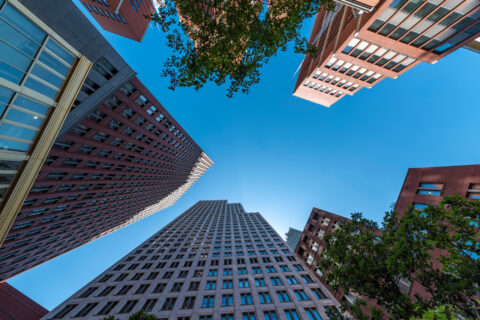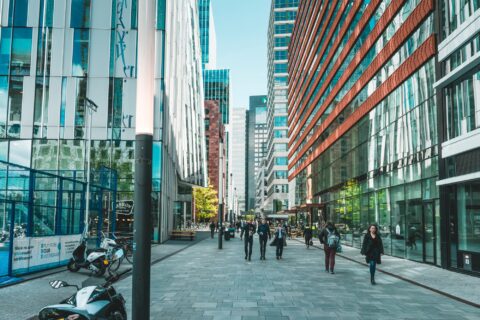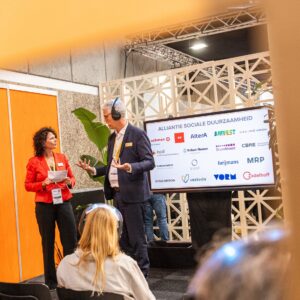


How do you determine the physical climate risks at the building level? For a specific building, how great is the risk of heat stress, subsidence due to drought, flooding as a result of heavy precipitation or even inundation? These are complex questions that are often answered differently, depending on the applied approach. Reporting on climate risks of existing properties is becoming more common, partly because of the EU Taxonomy. Standing still is no longer an option for building owners, housing corporations, investors, and governments. Acting on identified risks is urgent and necessary. But how do you identify these risks?
There used to be no standard methodology for assessing physical climate risk at the building level. DGBC has therefore worked in a broad alliance of financial institutions, knowledge institutes, consultants, and governments on developing a ‘Framework for Climate Adaptive Buildings’, which provides an unambiguous method for determining physical climate risks at the building level.
The Framework consists of three modules:
1) a methodology for determining climate risk at the area level
2) a methodology for determining climate risk at the building level
3) a methodology for identifying adaptation measures and including these measures in risk assessments.
Or to summarise:


This methodology uses publicly accessible data from the Dutch Climate Impact Atlas. Using national data sources creates the opportunity to obtain unambiguous climate risk scores at the area level across the country. This English summary of the Framework for Climate Adaptive Buildings is aimed at policy makers and real estate professionals.
Dutch Green Building Council (DGBC) is the foremost network for sustainable construction and real estate. Established as a foundation in 2008 at the initiative of the market, we are committed to rapidly making the built environment futureproof. Read more about DGBC in English.
To read the original Dutch publication, you can click down below. Or if you’d like to read more about climate adaptation in general, including interviews and other articles, visit our Kenniscentrum. All our publications, unless otherwise stated, are in Dutch.


An English summary of the Framework Climate Adaptive Buildings. A publication by Dutch Green Building Council.
"*" geeft vereiste velden aan






















Sinds zomer 2024 huist mediaconcern DPG Media in een nieuw pand: Mediavaert Amsterdam. Het gebouw dat werd ontwikkeld door Being, is een van de grootste hybride houten kantoorgebouwen van Europa. Het werd begin 2024 opgeleverd en biedt naast veel kantoorruimte ook een tweelaagse parkeergarage, diverse ruimtes voor bijeenkomsten, maar ook radiostudio’s, restaurants en sportfaciliteiten. Mediavaert […]
Bekijk dit project


